Travelers 2004 Annual Report Download - page 112
Download and view the complete annual report
Please find page 112 of the 2004 Travelers annual report below. You can navigate through the pages in the report by either clicking on the pages listed below, or by using the keyword search tool below to find specific information within the annual report.-
 1
1 -
 2
2 -
 3
3 -
 4
4 -
 5
5 -
 6
6 -
 7
7 -
 8
8 -
 9
9 -
 10
10 -
 11
11 -
 12
12 -
 13
13 -
 14
14 -
 15
15 -
 16
16 -
 17
17 -
 18
18 -
 19
19 -
 20
20 -
 21
21 -
 22
22 -
 23
23 -
 24
24 -
 25
25 -
 26
26 -
 27
27 -
 28
28 -
 29
29 -
 30
30 -
 31
31 -
 32
32 -
 33
33 -
 34
34 -
 35
35 -
 36
36 -
 37
37 -
 38
38 -
 39
39 -
 40
40 -
 41
41 -
 42
42 -
 43
43 -
 44
44 -
 45
45 -
 46
46 -
 47
47 -
 48
48 -
 49
49 -
 50
50 -
 51
51 -
 52
52 -
 53
53 -
 54
54 -
 55
55 -
 56
56 -
 57
57 -
 58
58 -
 59
59 -
 60
60 -
 61
61 -
 62
62 -
 63
63 -
 64
64 -
 65
65 -
 66
66 -
 67
67 -
 68
68 -
 69
69 -
 70
70 -
 71
71 -
 72
72 -
 73
73 -
 74
74 -
 75
75 -
 76
76 -
 77
77 -
 78
78 -
 79
79 -
 80
80 -
 81
81 -
 82
82 -
 83
83 -
 84
84 -
 85
85 -
 86
86 -
 87
87 -
 88
88 -
 89
89 -
 90
90 -
 91
91 -
 92
92 -
 93
93 -
 94
94 -
 95
95 -
 96
96 -
 97
97 -
 98
98 -
 99
99 -
 100
100 -
 101
101 -
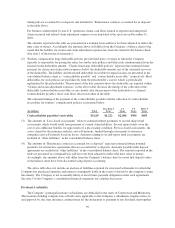 102
102 -
 103
103 -
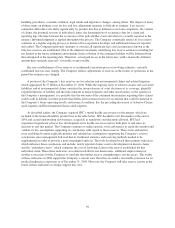 104
104 -
 105
105 -
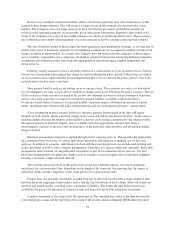 106
106 -
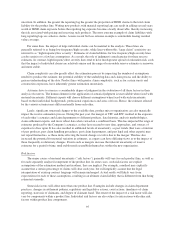 107
107 -
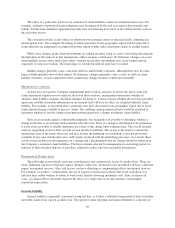 108
108 -
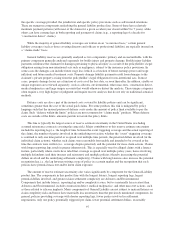 109
109 -
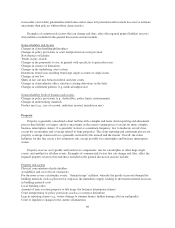 110
110 -
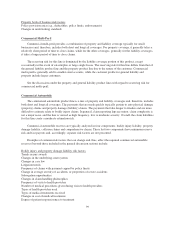 111
111 -
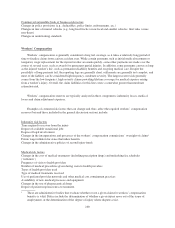 112
112 -
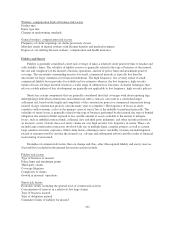 113
113 -
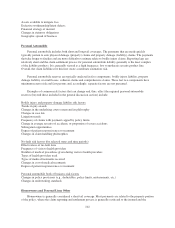 114
114 -
 115
115 -
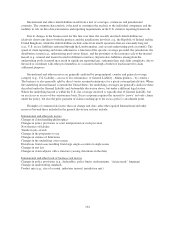 116
116 -
 117
117 -
 118
118 -
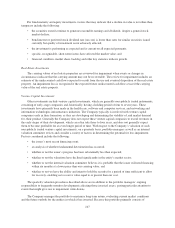 119
119 -
 120
120 -
 121
121 -
 122
122 -
 123
123 -
 124
124 -
 125
125 -
 126
126 -
 127
127 -
 128
128 -
 129
129 -
 130
130 -
 131
131 -
 132
132 -
 133
133 -
 134
134 -
 135
135 -
 136
136 -
 137
137 -
 138
138 -
 139
139 -
 140
140 -
 141
141 -
 142
142 -
 143
143 -
 144
144 -
 145
145 -
 146
146 -
 147
147 -
 148
148 -
 149
149 -
 150
150 -
 151
151 -
 152
152 -
 153
153 -
 154
154 -
 155
155 -
 156
156 -
 157
157 -
 158
158 -
 159
159 -
 160
160 -
 161
161 -
 162
162 -
 163
163 -
 164
164 -
 165
165 -
 166
166 -
 167
167 -
 168
168 -
 169
169 -
 170
170 -
 171
171 -
 172
172 -
 173
173 -
 174
174 -
 175
175 -
 176
176 -
 177
177 -
 178
178 -
 179
179 -
 180
180 -
 181
181 -
 182
182 -
 183
183 -
 184
184 -
 185
185 -
 186
186 -
 187
187 -
 188
188 -
 189
189 -
 190
190 -
 191
191 -
 192
192 -
 193
193 -
 194
194 -
 195
195 -
 196
196 -
 197
197 -
 198
198 -
 199
199 -
 200
200 -
 201
201 -
 202
202 -
 203
203 -
 204
204 -
 205
205 -
 206
206 -
 207
207 -
 208
208 -
 209
209 -
 210
210 -
 211
211 -
 212
212 -
 213
213 -
 214
214 -
 215
215 -
 216
216 -
 217
217 -
 218
218 -
 219
219 -
 220
220 -
 221
221 -
 222
222 -
 223
223 -
 224
224 -
 225
225 -
 226
226 -
 227
227 -
 228
228 -
 229
229 -
 230
230 -
 231
231 -
 232
232 -
 233
233 -
 234
234 -
 235
235 -
 236
236 -
 237
237 -
 238
238 -
 239
239 -
 240
240
 |
 |

Commercial automobile book of business risk factors
Changes in policy provisions (e.g., deductibles, policy limits, endorsements, etc.)
Changes in mix of insured vehicles (e.g., long haul trucks versus local and smaller vehicles, fleet risks versus
non-fleets)
Changes in underwriting standards
Workers’ Compensation
Workers’ compensation is generally considered a long tail coverage, as it takes a relatively long period of
time to finalize claims from a given accident year. While certain payments such as initial medical treatment or
temporary wage replacement for the injured worker are made quickly, some other payments are made over the
course of several years, such as awards for permanent partial injuries. In addition, some payments can run as long
as the injured worker’s life, such as permanent disability benefits and on-going medical care. Despite the
possibility of long payment tail, the reporting lags are generally short, settlements are generally not complex, and
most of the liability can be considered high frequency, moderate severity. The largest reserve risk generally
comes from the low frequency, high severity claims providing lifetime coverage for medical expense arising
from a worker’s injury. Overall, the claim liabilities for this line create a somewhat greater than moderate
estimation risk.
Workers’ compensation reserves are typically analyzed in three components: indemnity losses, medical
losses and claim adjustment expenses.
Examples of common risk factors that can change and, thus, affect the required workers’ compensation
reserves (beyond those included in the general discussion section) include:
Indemnity risk factors
Time required to recover from the injury
Degree of available transitional jobs
Degree of legal involvement
Changes in the interpretations and processes of the workers’ compensation commissions’ oversight of claims1
Future wage inflation for states that index benefits
Changes in the administrative policies of second injury funds
Medical risk factors
Changes in the cost of medical treatments (including prescription drugs) and underlying fee schedules
(“inflation”)
Frequency of visits to health providers
Number of medical procedures given during visits to health providers
Types of health providers used
Type of medical treatments received
Use of preferred provider networks and other medical cost containment practices
Availability of new medical processes and equipment
Changes in the use of pharmaceutical drugs
Degree of patient responsiveness to treatment
1These are administrative bodies that evaluate whether or not a given claim for workers’ compensation
benefits is valid. Duties include the determination of whether a given injury arose out of the scope of
employment, or the determination of the degree of injury where disputes exist.
100
